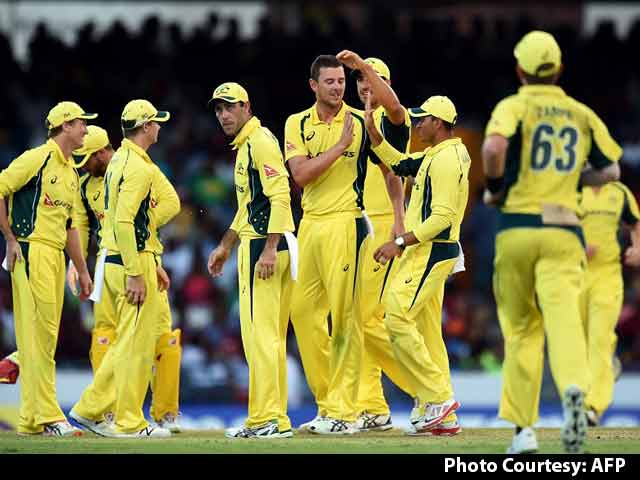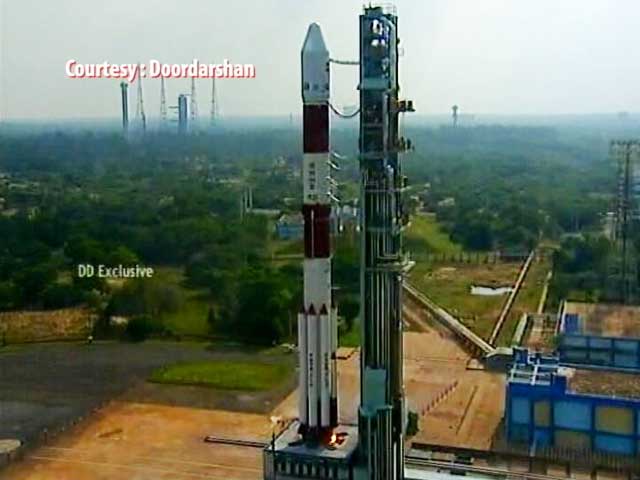India's Mars mission: GSLV was the preferred rocket, says Indian scientist
The tiny Mangalyaan, the Tata Nano-sized satellite that will rendezvous with the Red Planet has been designed and made by Indians with no outside help, explains S K Shivakumar, the head of Indian Space Research Organisation's satellite centre. He concedes for the first time that the preferred vehicle was the larger rocket the Geo-Synchronous Satellite Launch Vehicle or GSLV which could have carried a satellite almost 2200 kilograms in weight as against Mangalyaan that weighs 1350 kilogram. Speaking to NDTV, Mr Shivakumar says he expects to get a real 'kick' if the Indian unmanned robotic mission to Mars succeeds. (For more on India's Mars Mission, click here.)
































